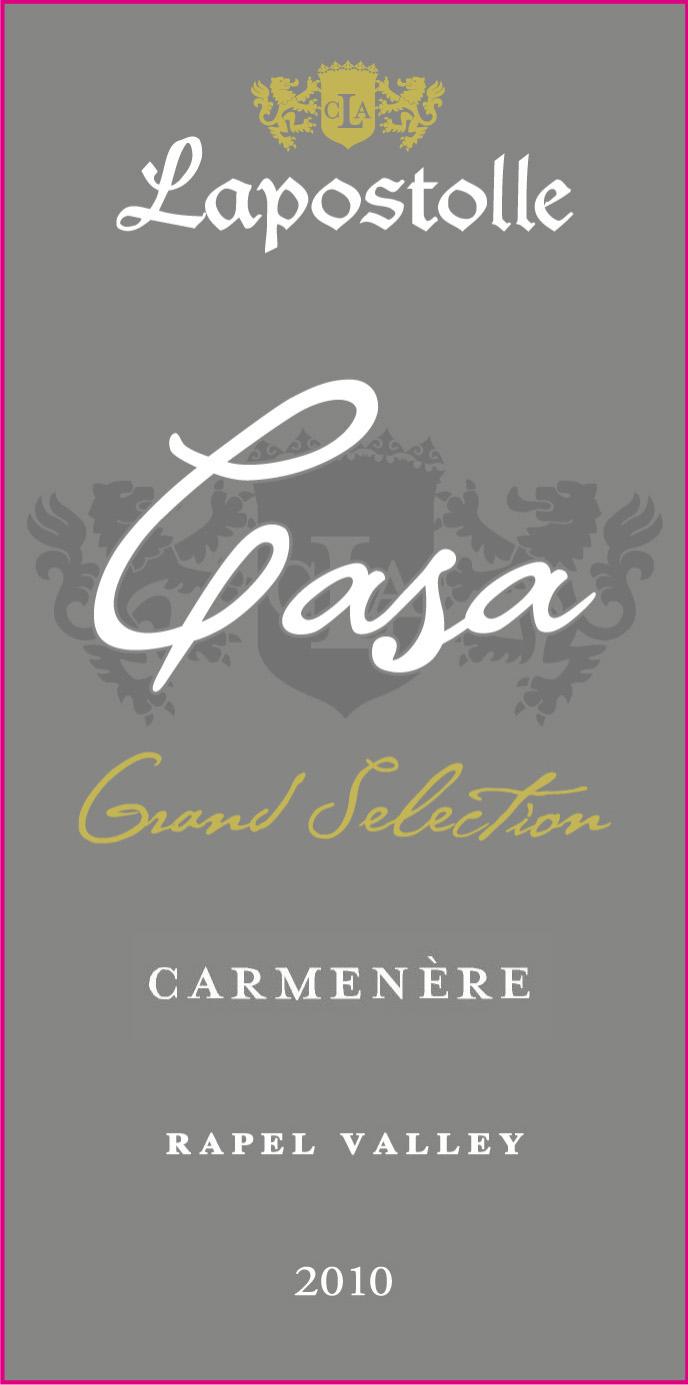2010 Rapel Valley Carmenère
The Lapostolle Casa Grand Selection is an exquisite example of Carmenère from the esteemed Rapel Valley. This red wine showcases a full-bodied character with a vibrant acidity that elevates its overall profile. Its fruit intensity is prominent, delivering luscious notes of dark berries and ripe plum, seamlessly intertwining with hints of spice and herbal undertones. The tannins are well-structured, providing a firm backbone that harmonizes beautifully with the wine's rich flavors. As a dry wine, it invites exploration and enjoyment, making it an exceptional choice for both special occasions and casual gatherings. The 2010 vintage highlights the exceptional terroir of the Rapel Valley, inviting wine enthusiasts to appreciate its depth and complexity.
The Lapostolle Casa Grand Selection is an exquisite example of Carmenère from the esteemed Rapel Valley. This red wine showcases a full-bodied character with a vibrant acidity that elevates its overall profile. Its fruit intensity is prominent, delivering luscious notes of dark berries and ripe plum, seamlessly intertwining with hints of spice and herbal undertones. The tannins are well-structured, providing a firm backbone that harmonizes beautifully with the wine's rich flavors. As a dry wine, it invites exploration and enjoyment, making it an exceptional choice for both special occasions and casual gatherings. The 2010 vintage highlights the exceptional terroir of the Rapel Valley, inviting wine enthusiasts to appreciate its depth and complexity.




